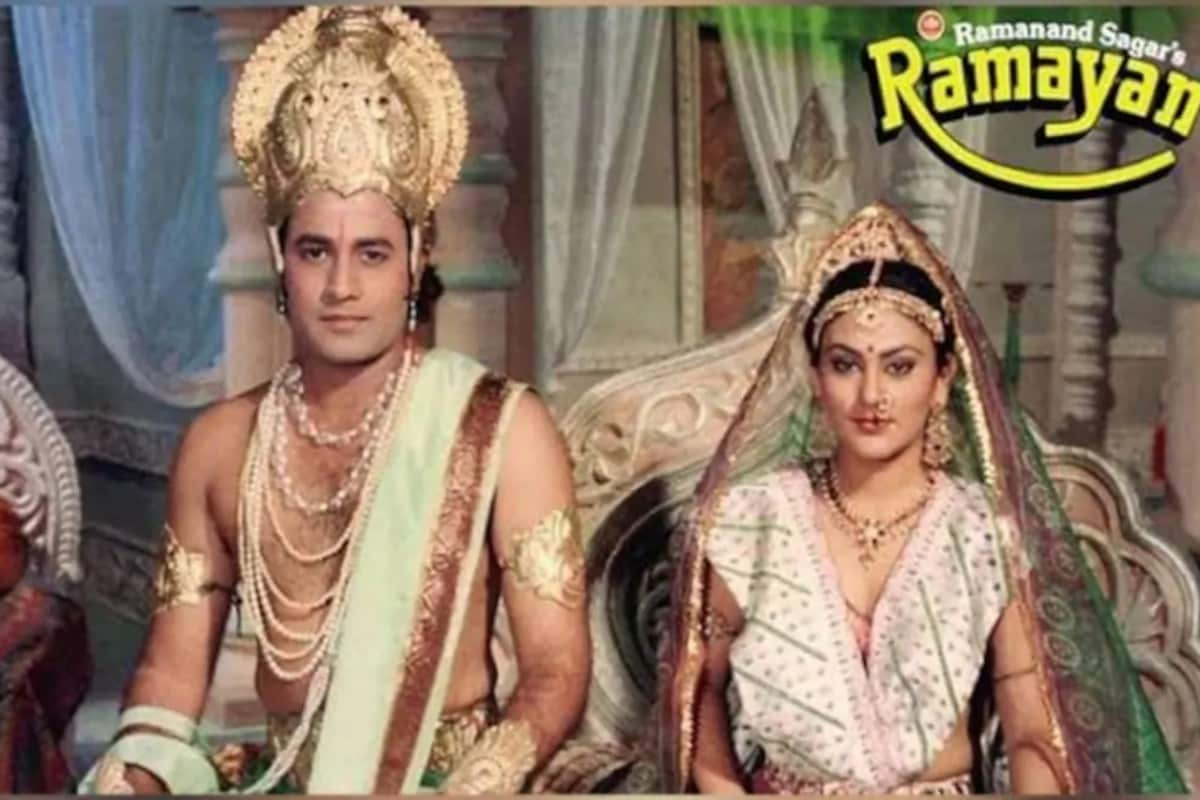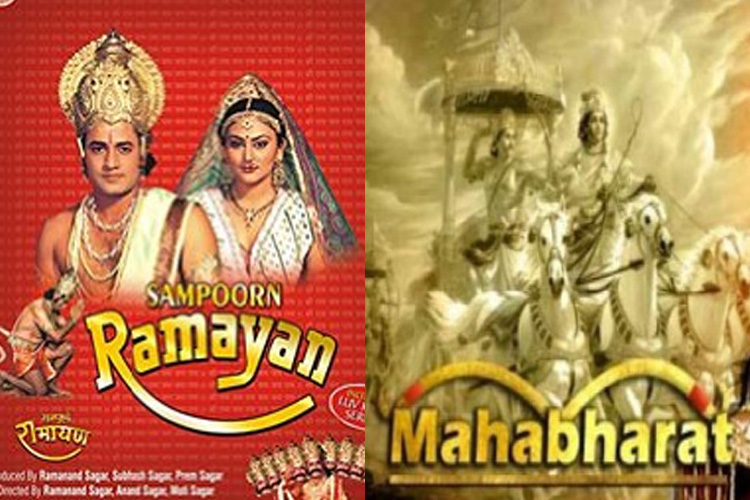


Pop Culture Dhamaka Review: Ram Madhvani and Kartik Aaryan offer a barnstorming critique of news media.Of all the headline acts, it’s the non-actor actor, Lady Gaga, who steals the show.

House of Gucci retells a well-known story with unique effervescence and acting quality bordering on the absurd.
#RAMAYAN MAHABHARAT MOVIE#
Many movie titles are being re-purposed for VR, besides the “primitive” formats of 3-D and IMAX. Today billions of dollars are invested in technology that will allow audience to be part of a movie narrative. While superficially the reach and viewership of these shows were high, the audience involvement was deep – so much that tacky computer graphics, shiny Chandni Chowk costumes, fake plastic pearls, and inexpensive props did not matter. The producers and directors of both the serials, who are nothing short of legendary, invested more in dialling up the emotional quotient rather than the visual look of the shows. Or how a shocked and dumbstruck audience mourned the unfair and violent killing of Abhimanyu, by the Kauravas. Several Indians of my generation still remember how women wept during the landmark episode of Draupadi being disrobed. Much the same way, millions of Indians weren’t simply viewing the show, they were “feeling” the pain, the suffering, the agony, and ecstasy of the characters.

The dialogues, the enactments were crafted in a way to transfer the archetypal energy of the characters into the people watching it. In other words, viewers did not simply watch the play they were interwoven as an integral element of the story being performed. In terms of screenplay, direction, and performance, both the serials borrowed from the Indian theatre tradition, which uses performance as a close encounter with the audience, and the fourth wall does not exist. To many Hindu Indian parents of now nuclear families, who dropped the ball on passing on the epics, religious beliefs, deities and rituals via the oral tradition, this was a godsend – their children were not only entertained but educated in two of the most significant stories to which beliefs of Hinduism are anchored.ĭoordarshan assumed the role of absentee grandparents Sunday morning television was a proxy temple visit. The memes that you’re now sharing? Well, the public largely overlooked and forgave these lapses, along with errors in detailing and gaps in historical accuracy. When the epics started airing on Doordarshan, there was a general sense of gratitude combined with euphoria. We were just an entertainment-starved audience that did not have enough wholesome, family-oriented movies running in cinemas. Streets were deserted for an hour I remember local electric sub-stations were attacked by mobs if there was a power outage.
#RAMAYAN MAHABHARAT TV#
Ramayan and Mahabharat, were arguably the most popular TV shows in the world, ever. The idea of what constituted “prime time” however, was redefined by these two epics on Sunday mornings. On the small screen, 9pm soap operas like Buniyaad, some of them legendary, dominated television prime time. The general entertainment content landscape looked something like this: Indian audiences were watching Mumbai underworld-funded Hindi films from the late ’80s to the early ’90’s. Perhaps I can help you understand the context better, to get a sense of how the audience those days consumed Ramayan and Mahabharat. Given the economic reality of pre-Liberalisation India, pulling off production of both these shows – each running over two years – in terms of scale and logistics and the resources available those days, is more than remarkable.
#RAMAYAN MAHABHARAT SERIAL#
Passers-by could walk into any home for a viewing and were accommodated without a fuss.Įven during the lockdown on April 16, a rerun of a three-decade old Indian serial notched up 77 million views, over three-and-a-half times what the Game of Thrones finale garnered last year. Thanks to Ramayan trains stopped at railway stations to enable passengers to watch the show. They were arguably the most popular TV shows in the world, ever.


 0 kommentar(er)
0 kommentar(er)
